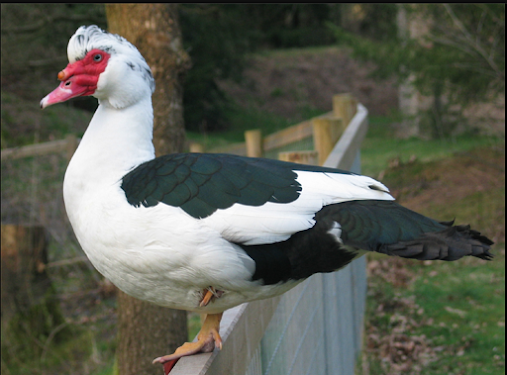Texas and Losing a Mate
October 21, 2007
Leaving Fairfield State Park, we drove a country highway toward I-45. Out of the corner of my eye, I noticed a big bird flying over a pasture in a peculiar manner. So we slowed to check out the action.
I enjoy watching birds and am always on the alert for the unusual – maybe it will be a new bird species to add to my list or some new animal behavior not seen before. But to identify the unusual, it’s important to know the common birds and their behavior. For example, it’s possible to recognize a Turkey Vulture at a considerable distance because it’s a large, black bird with a distinctive shape. But there are other large, dark birds such as Black Vultures and Golden Eagles that might be confused with it. However, if the large, black bird rocks its wings from side to side while flying, then it’s probably a Turkey Vulture. Anyway, using a variety of such clues, it’s usually possible to eliminate the common birds so that rarer birds are obvious.
And so it was with the big bird we had just seen. It was not a common sight. It was a large, heavy bird -- about the size of a Turkey Vulture – but it was flying very hard and did not appear to be any of the common egrets, herons, vultures etc. that we often see in Texas. It flew a large circle over the pasture, made a pass over the highway in front of us and then landed out of sight in the pasture. I never got a close look at the bird, so could not identify it. I was about to give up on identifying the bird when I noticed some evidence on the highway ahead.
After spending the night at Fairfield State Park, we headed into the town of Fairfield where we hoped to find some breakfast pancakes. It was one of those near-perfect autumn mornings with clear skies and cool, crisp air that makes us feel so good. I realized that I was enjoying the drive too much when I noticed a black pickup on my tail. The highway was curvy and hilly so the pickup driver could not pass safely, and I was obviously impeding his preferred driving speed. He followed us for maybe a mile or so, till I turned onto a larger, straighter highway. He quickly roared around us with all the impatience of youth driven by an excess of testosterone. My slower driving had likely cost him a couple minutes of his valuable time and he was in a big hurry. He quickly disappeared into a small dot far down the highway in front of us. It was soon after this that I saw the unusual bird flight.
The first bit of evidence was a feather floating in the air over the highway. Then I noticed several feathers on the highway. When I pulled onto the shoulder of the road, a large black and white bird could be seen lying in the grass between the road and the ditch. If the feathers had been all black, I might have concluded that it was just a vulture that had been hit by a car – a very common event on Texas highways. But, the large white patches of feathers stimulated my curiosity. As I approached, the identification of the bird became very clear. It was somebody’s tame Muscovy duck that had been hit by a car. It was not yet dead, but it was not moving and it stared at me through eyes that were rapidly growing dim. My first impulse was to take a photo of it with the camera that is a semi-permanent fixture around my neck. But, I decided that I should show a little respect for this poor dying animal and that a photo would be in poor taste.
Now, dear reader, please don’t jump to conclusions that I’m one of those sappy folks that get all blubbery at the thought of some dying puppies somewhere. If I had shot that duck to eat it, I could have whacked off its head in good conscience – to put it out of its misery. But also, I guess I have this thing about road-kill. I have sometimes slammed on my brakes to avoid running over a squirrel, turtle or even a butterfly.
Guilt and self-flagellation for failing to conform to all of society’s norms are not my strong suits, nor have they provided a great motivation for behavioral modification. But, the thought occurred to me that I was -- in some small part – responsible for this bird’s untimely death. If I had just been driving a little faster, the pickup driver might have become less irritated, driven more slowly and that stupid duck would still be walking dangerously along the highway.
Now the mental scenario of duck meeting truck seemed a little clearer and it was possible to guess the identity of that bird that started this story. The image of that bird circling back over the highway all made sense. It was likely a Muscovy duck that had avoided the speeding truck that killed its mate – now trying frantically to find its lost partner.
I was a little ashamed to admit that I sorta wished that the poor duck had not died in vain – that its final act in this world might have at least broken a headlight or cracked a windshield belonging to that irritable youth in the speeding truck. Shame on me!

No comments:
Post a Comment